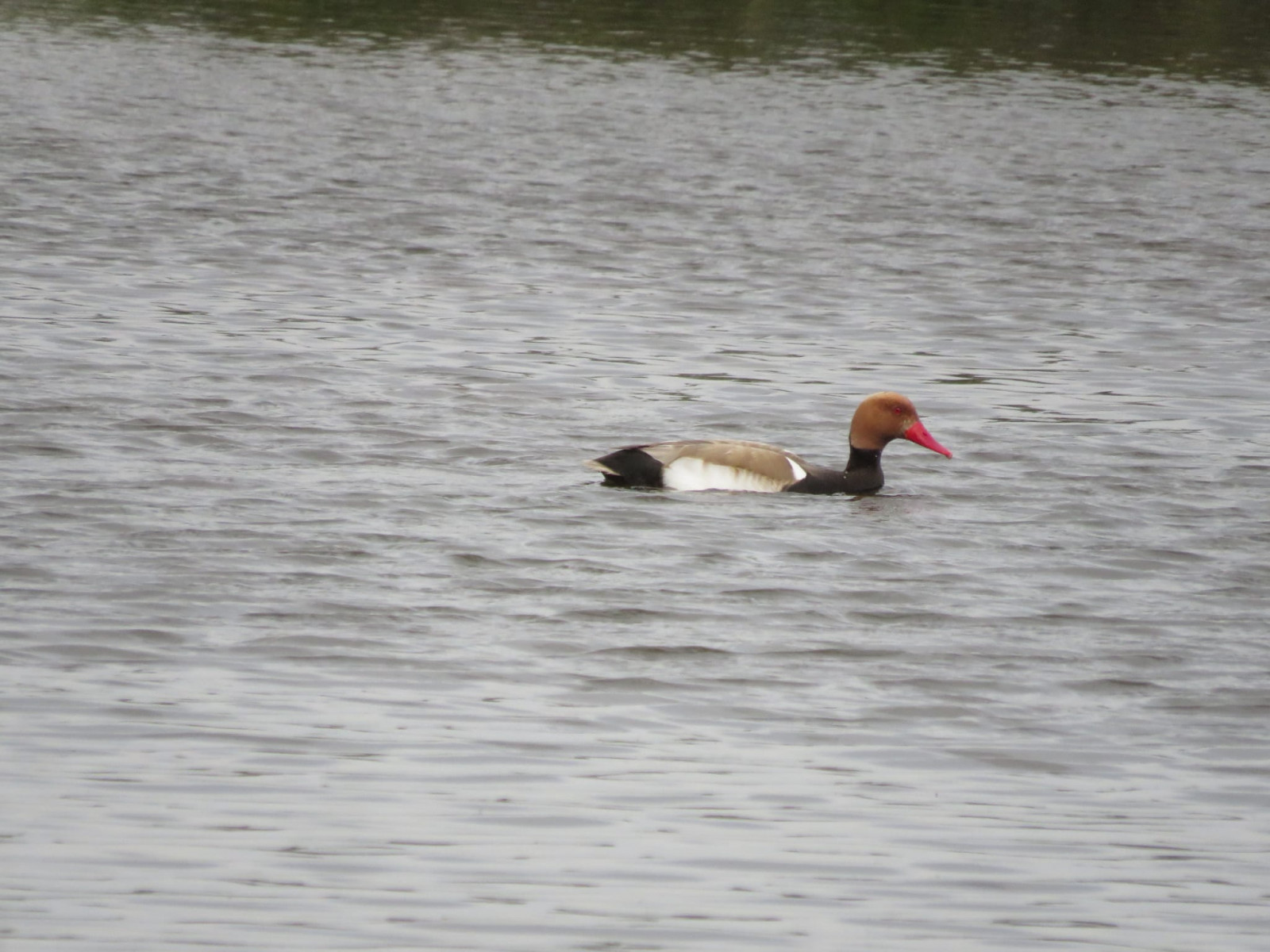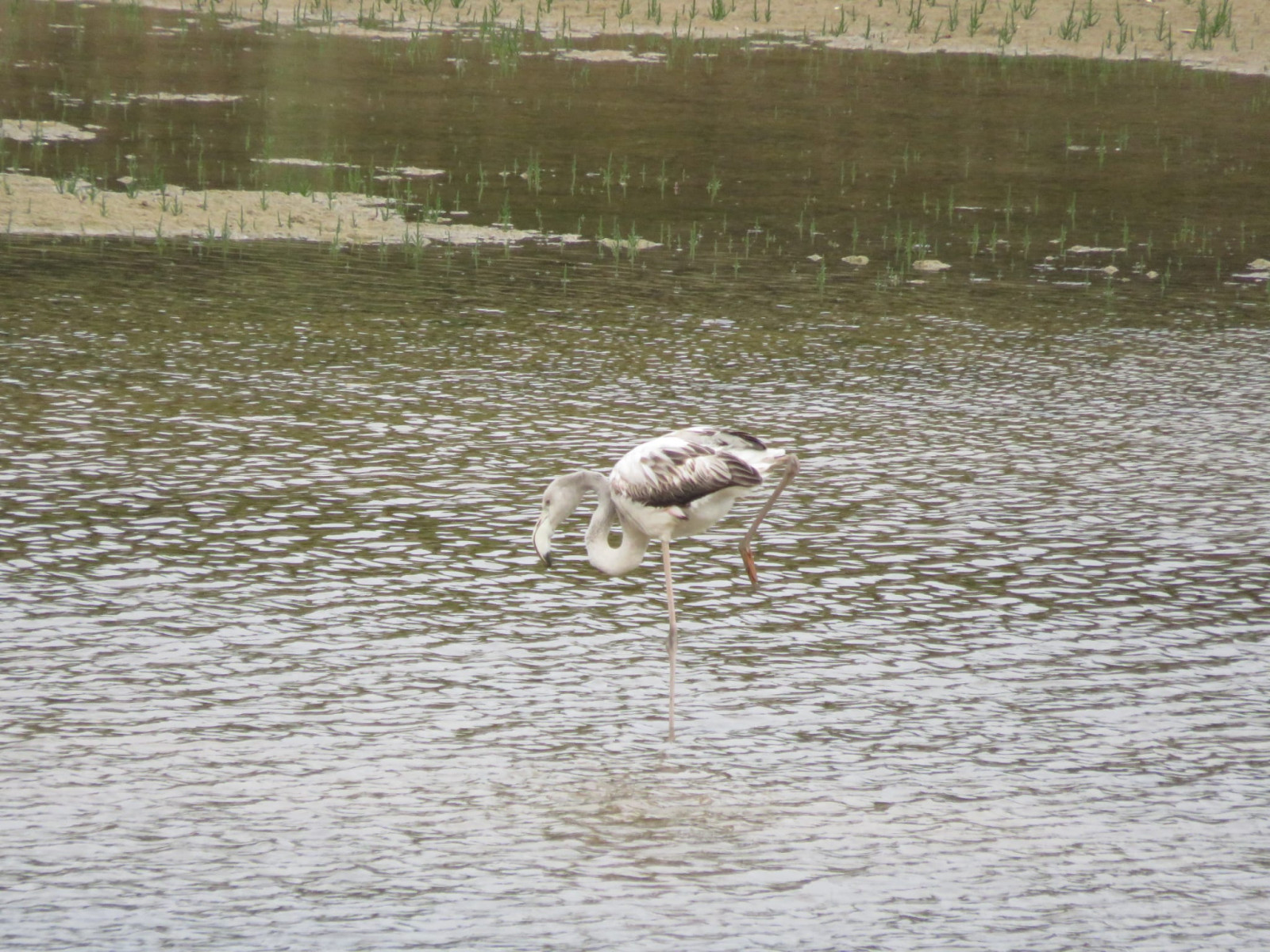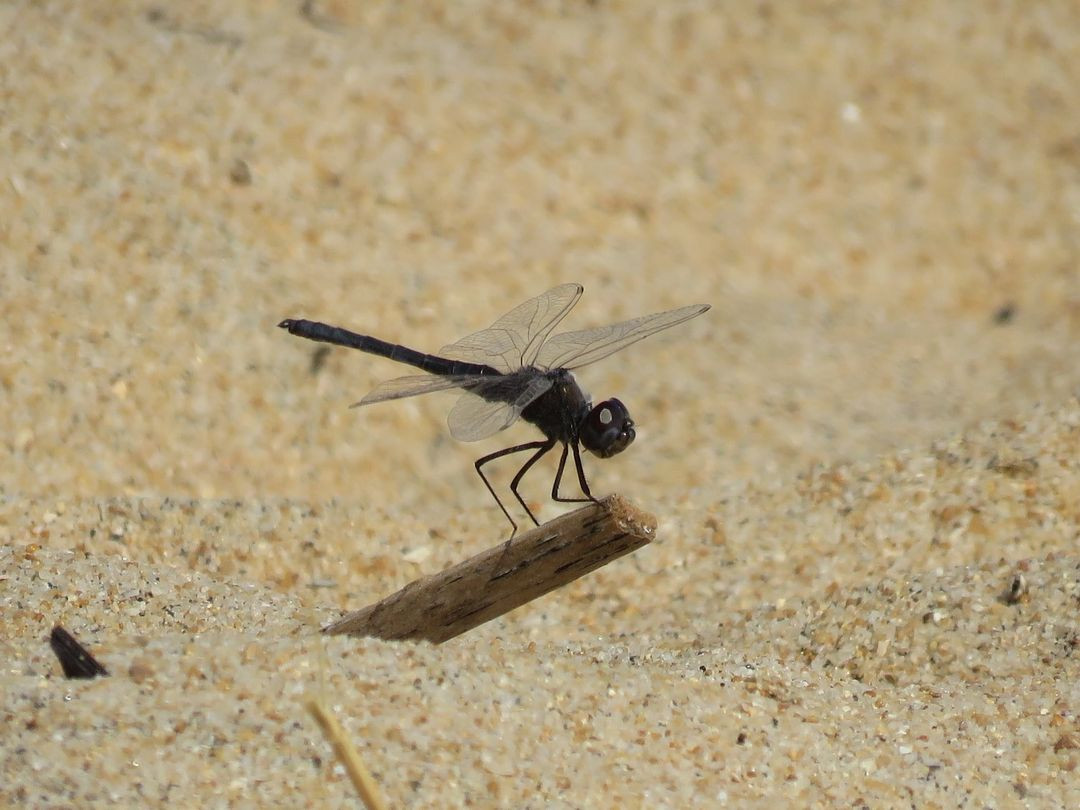Charger images
Les formats d'image autorisés sont de type jpeg, png ou gif
La taille maximale du fichier doit être de 20MB



Wetland with a tapestry of habitats (temporary lagoons, pinetree forest and dunes). Nesting place of Nette rousse, Gravelot à collier interrompu and others.
Trafal e Foz do Almargem is a wetland area with a large diversity of habitats in a small area. To the west (Foz do Almargem) you can find several species of waders and marine birds such as Flamant rose, Goéland d'Audouin, Bécasseau sanderling, Sterne naine and, in the dunes, you can find Gravelot à collier interrompu nesting in the spring (be sure to keep your distance). If you move to the northwest part of the area, towards the more reed dense zone, you can find less common species as Talève sultane and Héron pourpré.
Just 300 meters to the east, you can find another small lagoon - Trafal - which usually dries up in the summer. In winter and spring, though, it is usually tightly packed with ducks and other species as the Ibis falcinelle, Héron cendré, Busard des roseaux, Cisticole des joncs, Foulque macroule and Gallinule poule-d'eau. Amongst the ducks, while you can find many species, most commonly there are Nette rousse, Sarcelle d'hiver, Canard chipeau, Canard souchet and Canard colvert. The pinetree forest dividing the two lagoons is a known spot for the Common Chameleon (Chamaeleo chamaeleon) and the entire area is also known for having mammals such as the otter (Lutra lutra).
The best way to connect between the two lagoons is just walking, because they are just a 5 minute walk apart from each other. There's free parking on the sides of "Foz do Almargem" (both) and also in the western side of "Trafal". You can follow signs for "Foz do Almargem (praia)" (beach).
Votre feedback sera transmis à l’auteur.rice de cette zone et à l’équipe éditoriale de Birdingplaces, qui l’utiliseront pour améliorer la qualité des informations. (Vous souhaitez publier un commentaire visible en bas de page ? Fermez cette fenêtre et choisissez l’Option 1 : « Publier un commentaire, un conseil ou une observation ».)
Veuillez fournir des suggestions d'améliorations ou d'ajouts au texte de ce site ornithologique.
Veuillez fournir vos suggestions d'améliorations ou d'ajouts à la carte.
Veuillez fournir des suggestions d'améliorations ou d'ajouts à la liste des oiseaux.
Cliquez sur l'icône de l'oiseau () Insérez les noms d'oiseau dans votre langue. Ils seront automatiquement traduits pour les autres usagers !